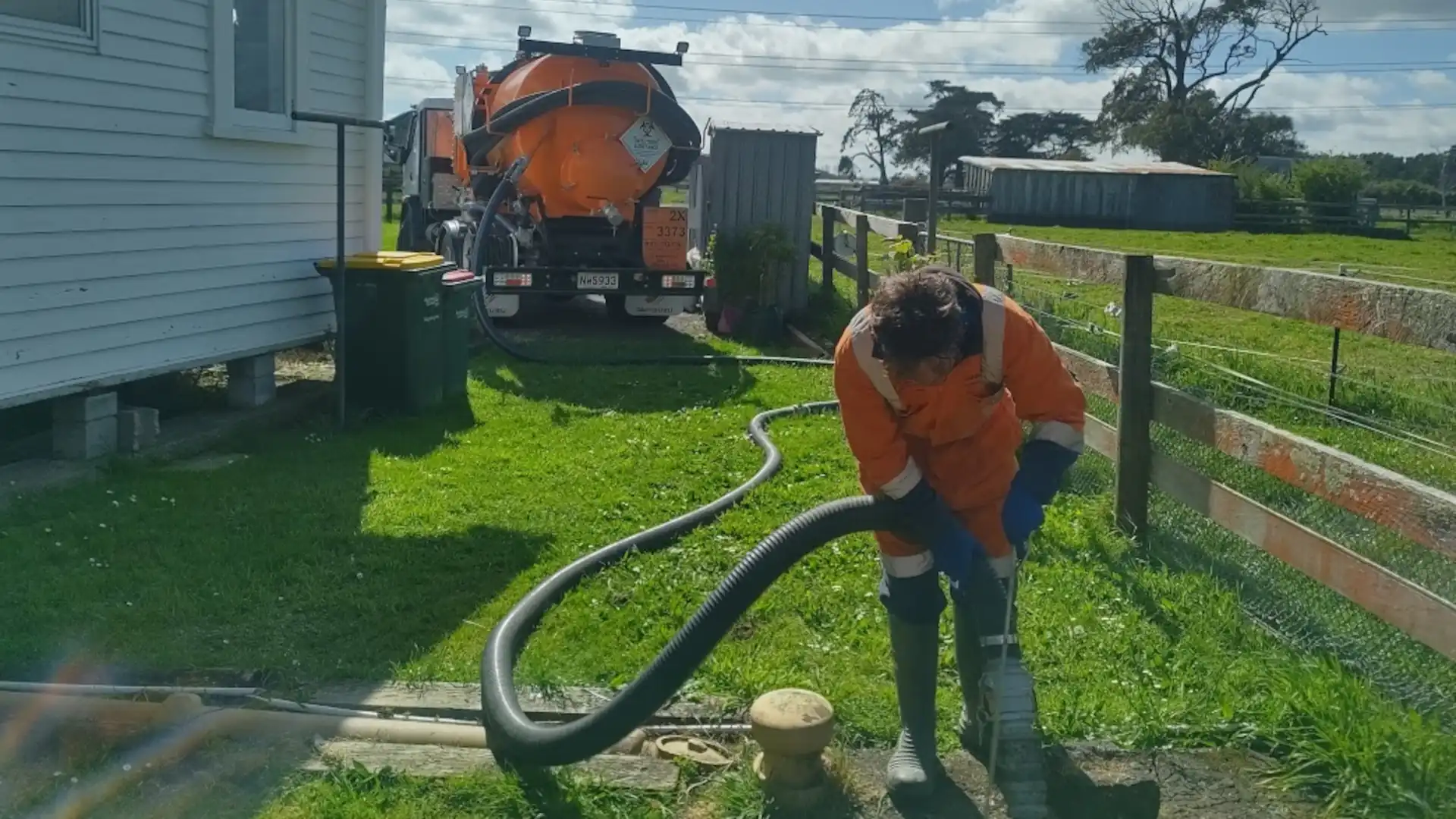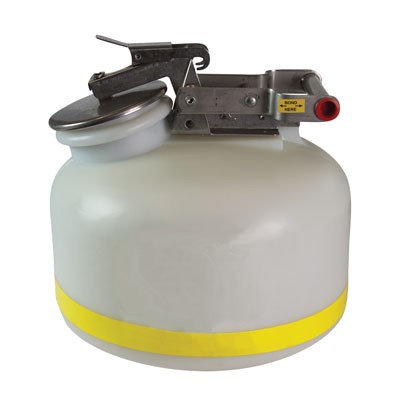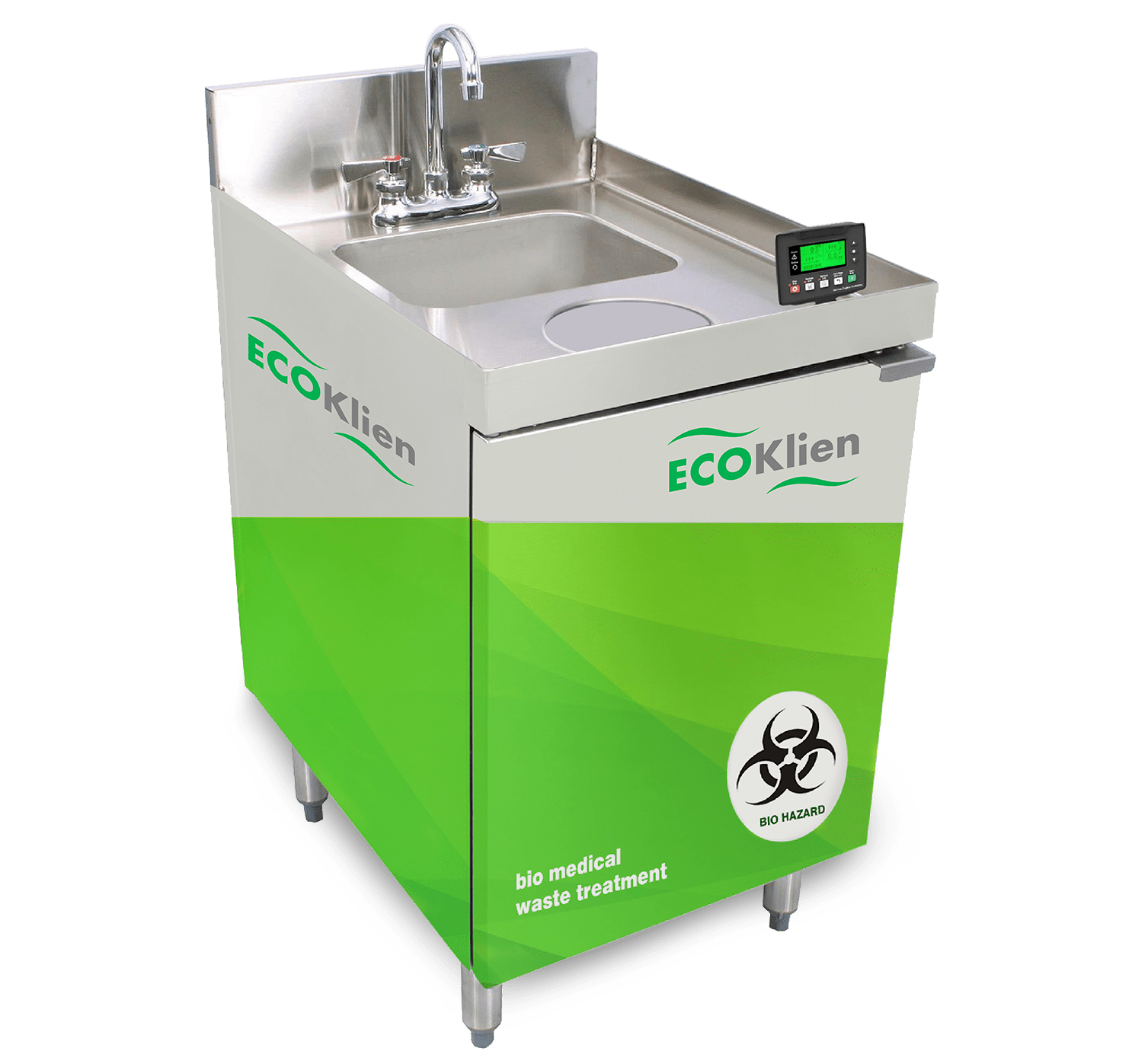Ingenious Industrial Wastewater Treatment Solutions: Safeguarding the Environment
Ingenious Industrial Wastewater Treatment Solutions: Safeguarding the Environment
Blog Article
How Liquid Waste Disposal Works: A Thorough Review of Techniques and Technologies Used

Summary of Fluid Waste Types
The intricacy of liquid waste kinds requires a detailed understanding of their attributes and effects for disposal. Fluid waste can generally be classified right into numerous kinds, consisting of industrial, metropolitan, agricultural, and hazardous waste. Each category shows distinct buildings, requiring certain monitoring methods to minimize ecological and health and wellness dangers.
Industrial fluid waste originates from producing procedures and frequently contains a variety of pollutants, such as heavy steels, solvents, and natural compounds. Municipal fluid waste, primarily comprising wastewater from families and industrial establishments, contains raw material, nutrients, and microorganisms (industrial wastewater treatment). Agricultural liquid waste, including overflow from ranches, may include plant foods, pesticides, and pet waste, positioning risks to water top quality and ecological communities
Unsafe fluid waste is defined by its toxicity, sensitivity, or potential to cause harm. This classification includes materials like acids, bases, and specific chemicals that necessitate rigid handling and disposal methods. Understanding these varied liquid waste kinds is vital for creating efficient disposal techniques and ensuring conformity with ecological regulations. Appropriate classification and characterization are vital for executing suitable treatment methods and decreasing the adverse effect on public health and wellness and the atmosphere.
Physical Treatment Methods

Screening is the preliminary step, where larger particles and particles are removed from the liquid waste utilizing displays or grates. In sedimentation storage tanks, larger fragments clear up at the base, forming a sludge layer, while the made clear fluid can be further dealt with.
Filtration is another important technique that involves passing the fluid with porous products, such as sand or membranes, to record smaller fragments. This step boosts the quality of the fluid, making it appropriate for subsequent treatment processes.

Chemical Treatment Strategies
Chemical therapy techniques are necessary for properly taking care of liquid waste, especially in attending to liquified and colloidal impurities that physical approaches may not sufficiently remove. These techniques utilize different chemical agents to counteract, speed up, or transform unsafe substances right into much less dangerous types.
One usual method is coagulation and flocculation, where chemicals such as alum or ferric chloride are included in advertise the gathering of put on hold fragments. This procedure improves sedimentation, enabling for much easier removal of the resulting sludge. Furthermore, oxidation procedures, utilizing agents like link chlorine or ozone, are used to damage down complicated organic substances and pathogens, rendering the waste more secure for discharge or additional treatment.
Neutralization is another important strategy, which changes the pH of acidic or alkaline waste streams to neutral levels, preventing potential injury to downstream systems and the atmosphere. Additionally, progressed oxidation procedures (AOPs) utilize combinations of oxidants and ultraviolet light to weaken persistent pollutants, attaining a greater level of treatment efficiency.
Organic Treatment Processes
Organic therapy processes play a critical duty in the management of liquid waste by utilizing microbes to decay raw material and minimize pollutant degrees. These processes can be extensively categorized into anaerobic and cardio treatments, each employing details microbial communities to achieve efficient waste deterioration.
Cardiovascular treatment includes using oxygen to facilitate the failure of natural products by germs. This procedure is generally executed in triggered sludge systems, where oygenation tanks supply a helpful atmosphere for microbial development, bring about the oxidation of organic contaminants. The resultant biomass can be separated from treated effluent via sedimentation.
On the other hand, anaerobic treatment happens in the lack of oxygen, counting on various microorganisms to damage down raw material. This technique is especially advantageous for high-strength waste, as it creates biogas, a renewable power resource, while minimizing sludge manufacturing. Technologies such as anaerobic digesters are frequently used in commercial and local applications.
Both anaerobic and aerobic biological treatments not only lessen the environmental effect of liquid waste however likewise help with source recuperation, making them vital elements of pop over to these guys sustainable waste monitoring approaches. Their flexibility, performance, and effectiveness support their prevalent execution throughout various sectors.
Emerging Technologies in Disposal
Innovative approaches to liquid waste disposal are quickly evolving, driven by developments in modern technology and an enhancing focus on sustainability. Amongst these emerging modern technologies, membrane layer bioreactors (MBRs) have actually obtained traction for their ability to combine biological therapy with membrane filtering, resulting in top quality effluent that can be recycled in various applications. MBRs enable smaller sized footprints and much more reliable procedures compared to standard systems.
Another appealing growth is making use of anaerobic food digestion integrated with nutrient healing technologies, which not just treats liquid waste however likewise creates biogas and recovers beneficial nutrients like nitrogen and phosphorus. This double benefit boosts resource effectiveness and lowers ecological influence.
In addition, advanced oxidation procedures (AOPs) are being adopted for the deterioration of complex natural toxins. These techniques use effective oxidants and catalysts to damage down impurities at the molecular degree, using a highly effective service for tough waste streams.
Moreover, the integration of fabricated knowledge and machine discovering in waste management systems is optimizing operational efficiency and predictive upkeep, leading to lowered costs and enhanced ecological compliance. These innovations reflect a significant shift in the direction of more efficient and lasting fluid garbage disposal practices.
Conclusion
To conclude, reliable fluid garbage disposal demands a detailed understanding of different techniques and innovations. The assimilation of physical, chemical, and organic treatment methods ensures the effective monitoring of diverse waste types. Furthermore, the development of cutting-edge technologies boosts therapy efficiency and advertises sustainability in waste administration methods. By continuously More Help advancing these methods, it comes to be possible to deal with the expanding obstacles related to fluid waste, ultimately adding to environmental management and source healing.
Fluid waste disposal is an important element of environmental monitoring, requiring a comprehensive understanding of various strategies and technologies tailored to different waste kinds. Liquid waste can extensively be classified right into a number of types, consisting of commercial, local, agricultural, and dangerous waste. Agricultural liquid waste, consisting of drainage from farms, might contain fertilizers, pesticides, and pet waste, posing threats to water quality and ecological communities.
Different physical therapy methods play an essential role in handling liquid waste effectively - industrial wastewater treatment.In final thought, efficient fluid waste disposal necessitates a detailed understanding of numerous methods and innovations
Report this page